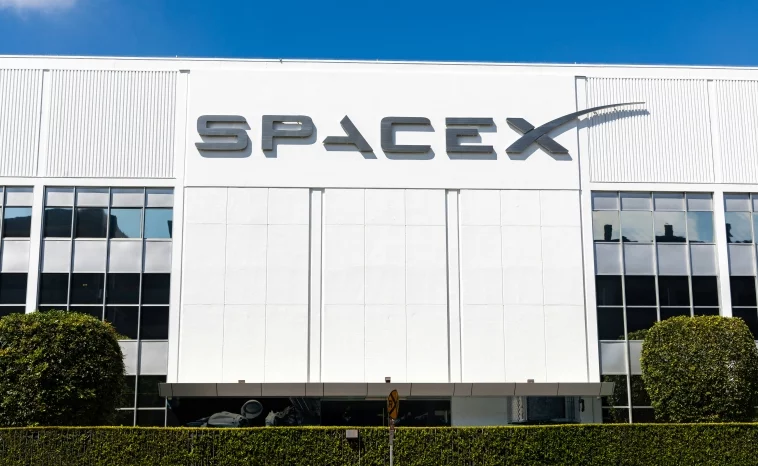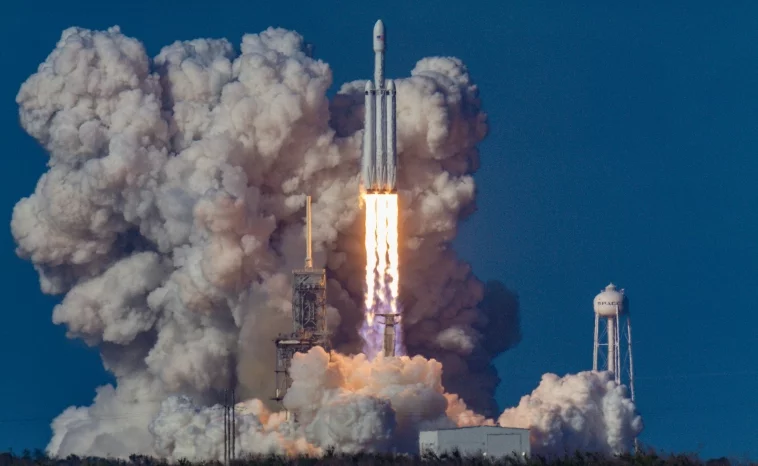Will SpaceX Reach Mars?

Join us as we explore the future of SpaceX missions to Mars! Stay updated on innovative technology and the quest to colonize the Red Planet.
Imagine a future where humans regularly travel to Mars. It sure sounds like science fiction, but could it soon become reality? It could be if SpaceX has anything to say on the matter!
With plans to launch five uncrewed Starships to Mars within two years, are SpaceX about to bring the dream of interplanetary travel a little closer? In this article, we’ll explore all the facts!
What Is SpaceX?

SpaceX, or Space Exploration Technologies Corp., is a privately owned American aerospace manufacturer and space transportation company. Founded by Elon Musk in 2002, its core mission is certainly an ambitious one: to reduce space transportation costs to enable the colonisation of Mars and make life multi-planetary.
With official headquarters in Brownsville, Texas (although primarily working from their former headquarters in Hawthorne, California), SpaceX has become a standout name in the space industry. So far, they’ve achieved a number of remarkable feats, like the first privately-funded spacecraft to reach orbit, the first privately-funded company to send a spacecraft to the International Space Station, and the introduction of the Falcon Heavy, the world’s most powerful operational rocket. More recently, they’ve even been responsible for the first non-professional spacewalk, with billionaire Jared Isaacman and SpaceX employee Sarah Gillis exiting their Dragon capsule on the debut Polaris Dawn mission.
Going forward, the company’s aim is clear. Musk envisions a future where humans can live on Mars, and his company is working tirelessly toward this goal. In fact, he’s just announced ambitious plans that include launching multiple uncrewed Starships to Mars by 2026, with the hope of sending humans shortly thereafter.
The SpaceX Starship Missions
SpaceX’s Starship is a reusable spacecraft designed to carry crew and cargo to a variety of destinations, including the Moon and Mars. This next-gen rocket is built to support long-duration spaceflights and is a key part of SpaceX’s Mars plans.
Launching multiple uncrewed Starships provides a critical testing ground. These missions will assess the spacecraft’s ability to land safely, deploy scientific instruments, and potentially even return samples. The success of these missions will then determine the timeline for crewed missions.
SpaceX aims to launch five uncrewed missions within two years, with crewed missions following perhaps as soon as a couple of years later. However, flexibility is key, as the steps to come all hinge on the success of these initial missions.
The Challenges of Reaching Mars

Reaching Mars is no small feat, and the challenges are as formidable as they are fascinating. One of the primary obstacles is the sheer distance between Earth and Mars, requiring spacecraft to travel millions of miles in a journey that spans several months. Precise navigation and timing are vital, ensuring that missions depart for Mars when it’s optimally aligned with Earth.
Beyond that, the harsh Martian environment also presents unique difficulties. This includes everything from its thin atmosphere and extreme temperatures to surface conditions that defy easy navigation. Overcoming these challenges will demand cutting-edge technology and innovative solutions, like advanced propulsion systems and durable materials that can withstand the rigours of space and Mars’ unpredictable elements.
Additionally, there’s the human aspect. Maintaining health and morale over extended periods in space means comprehensive life-support systems and psychological support.
The Technology Behind the SpaceX Mars Missions
Starship’s reusability is a game-changer. By reusing rockets, SpaceX can reduce the costs and resources that each mission requires. And if travelling to Mars is to be sustainable and affordable in the long term, that is a crucial element.
Starship is powered by Raptor engines, which use a combination of liquid methane and liquid oxygen. This choice of fuel is strategic; methane can potentially be produced on Mars, making it easier to refuel the spacecraft for return trips. In addition, autonomous systems play an important role in ensuring the success of uncrewed missions. Starship’s advanced navigation and landing systems aim to achieve precise Mars landings, minimising the risk of damage and maximising mission success.
Beyond the technology, SpaceX’s Mars missions also have a strong focus on sustainability and environmental impact. As part of their vision to colonise Mars, the company plans to use renewable energy sources such as solar power on the planet.
The Potential Impact on Human Life
The ultimate goal of SpaceX’s Mars missions is to establish a human colony. Imagine living in a self-sustaining habitat, growing food, and exploring the Martian landscape. While it sounds like science fiction, these ambitions are grounded in scientific research and technological advancements.
Indeed, the technology that scientists and engineers develop for Mars missions will undoubtedly have far-reaching implications. Innovations in materials science, propulsion systems, and autonomous navigation will benefit other industries, paving the way for new technologies on Earth. What’s more, the potential for interplanetary trade and resource extraction on Mars could open up new economic opportunities.
Star Finder App

SpaceX’s plans to visit Mars are not just a flight of fancy! They represent a tangible step towards the next frontier of human exploration. The uncrewed Starship missions will set the stage for future crewed missions, bringing us closer to making Mars a second home. For space enthusiasts, futurists, and the science-curious, this is truly an exciting time to be alive!
We won’t all be travelling to Mars in the near future. But thankfully, the Red Planet is a frequent visitor in our night sky. And with the OSR’s Star Finder App, you can make finding our nearest planetary neighbour and a host of other fascinating astronomical objects a piece of cake. Download the app to your iOS or Android device today!

